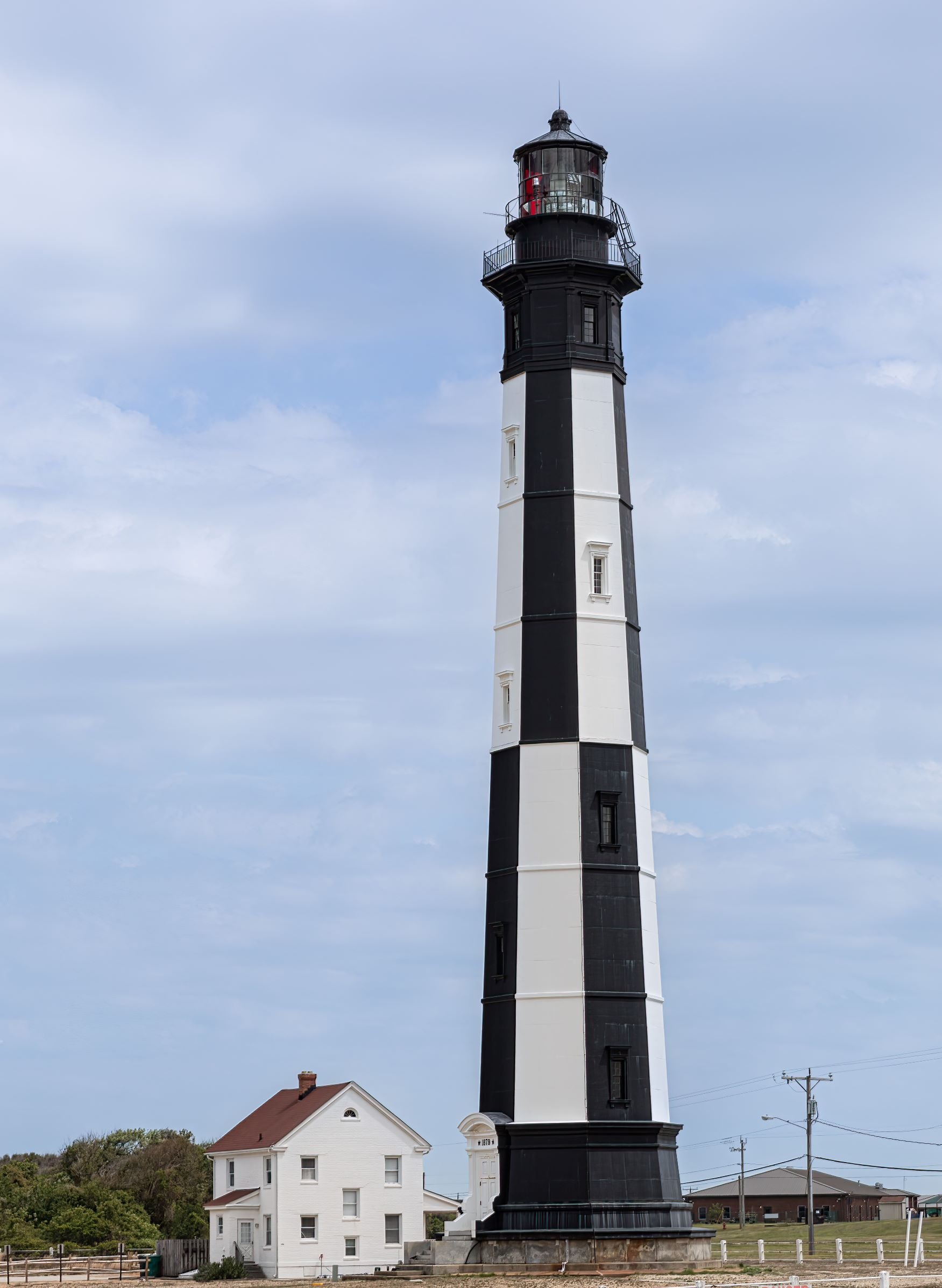Coastal Virginia: The Beach, a Garden, and Colonial History
April 2022
King Neptune statue on the Virginia Beach boardwalk.
Our first stop in Virginia was to the Norfolk Botanical Garden on a perfect spring day. Our timing was excellent, as the azaleas were at their peak, and this garden is packed with thousands of azaleas. In fact, this garden was originally planned as a city azalea garden in the 1930’s.
So many vibrant colors everywhere!
The large Kwanzan cherry trees were at their peak, and absolutely loaded with beautiful pink blossoms.
This garden was one of the best we’ve seen. It was so big and there was so much to see, that we couldn’t actually get to every part of the garden. We love spring!
The Virginia Beach boardwalk is made of concrete, not wood.
We walked the boardwalk on a dull, overcast day. We weren’t impressed with the boardwalk—it was lined with hotels and not much else. The beach was not pretty, either, compared to a lot of the beaches we’ve seen in the past year.
Our visit to the Cape Henry Lighthouse was unusual. It is located on a military base, so we had to hand over our driver’s licenses, and did not get them back until we were ready to leave. We were taken via shuttle to the lighthouse, and were told we were not allowed anywhere other than the lighthouses and the Cape Henry Memorial. The memorial marks the spot where English settlers of Jamestown made the first landing in Virginia.
This is the “new” Cape Henry Lighthouse built in 1881.
This is the original lighthouse, authorized by George Washington. People are allowed to climb it, but we didn’t.
We spent the next few days in Jamestown and Yorktown. Historic Jamestown and Yorktown Battlefield are on either end of the Colonial Parkway, and these sites together make the Natl. Park Service’s Colonial National Historical Park. Colonial Williamsburg is not a NPS site, but it’s located at the midpoint of the Parkway. We did not go to Williamsburg, as we have been there before.
Our first stop was to the site of the first permanent English settlement in North America at Jamestown Island. Archaeology is ongoing—the remains of the original fort were found in 1994. There is a museum with artifacts that have been found.
The Memorial Church was built over the site of the original Jamestown church. Archaeologists have located the original foundation of the 1617 church.
Archaeological excavation going on in front of the church tower, which has been restored.
Site of the 1608 church, where Pocahontas married John Rolfe.
Neighboring Jamestown Settlement is not part of the NPS, as it is a re-creation of James Fort. It was well worth our time, as it helped us visualize what Jamestown would have looked like. There was a large museum, which told not just about the settlers, but also about the native tribes in the area, and about the slave trade begun in 1619. From the museum, it was a short walk to the fort, and two replica ships. Along the walk to the ships, we saw a pair of bald eagles perched high up in a tree, near a large nest. I didn’t have my camera with me, and our phones couldn’t zoom in close enough for a good photo, but Craig managed to get a shot of one as it took off.
There were replicas of 2 of the 3 small ships that brought the first settlers in 1607. Guides dressed in period clothing answered our questions about the ships as we walked on the decks. This is a replica of the flagship Susan Constant. The deck was 82’ long and the ship held 54 passengers and 17 crew.
Some of the buildings in the fort may have looked like this, based on archeological evidence, as well as any surviving written documents. There were more guides in period clothing here, demonstrating skills such as blacksmithing.
At Yorktown, we downloaded an app that guided us around each point on the drive around Revolutionary War battlefield earthworks, called redoubts. We were able to park the car and walk around some of the redoubts. Yorktown is where British leader Cornwallis was blockaded by French ships in Chesapeake Bay and surrounded on land by a siege of artillery from George Washington’s troops, and was forced to surrender in 1781. This was the last major battle of the war.
The Yorktown Victory Monument was constructed 100 years after the battle at Yorktown to commemorate the battle, the alliance with France, and the resulting peace treaty with England. It is 94 feet tall and overlooks the York River.
We also walked around the cute colonial village of Yorktown, which is right next to the monument and battlefield. We couldn’t go inside any of the houses, as some are privately owned, and some others are open seasonally.
The Thomas Nelson house, home of one of the signers of the Declaration of Independence.
The cannonball damage in several spots on the side of the Nelson house is original; however the cannonballs are not. They were inserted later.
Virginia has so much history, and it’s so beautiful in the spring!




















